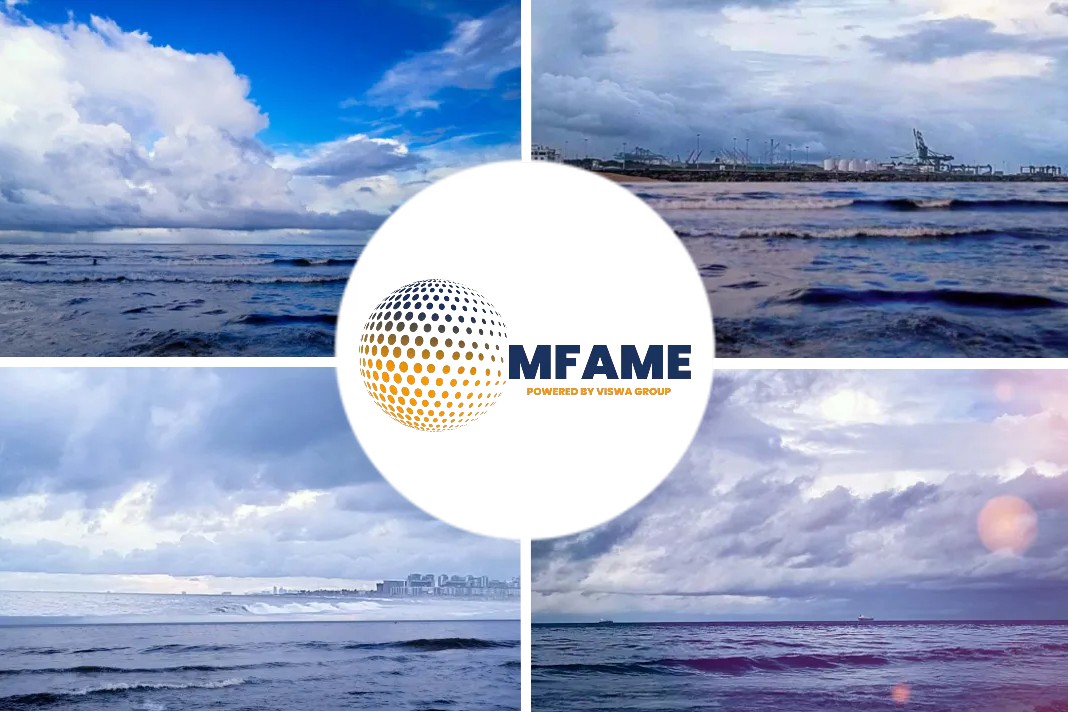Containership owner and manager Seaspan Corporation is refocusing on the second-hand market as it shies away from ordering new vessels.
The NYSE-listed firm says it intends to concentrate on strengthening its balance sheet.
According to chairman David Sokol, Seaspan’s “biggest mistake” historically had been “not managing its balance sheet to take care of opportunities”.
Following a loss of $139m in 2016, when its bottom line was hit by the Hanjin Shipping default and vessel impairments of $285m, Seaspan moved back into the black last year, producing a net profit of $175m, earned from $831m of charter revenue on 87 vessels.
In January, Seaspan signed definitive agreements with Toronto-based Fairfax Financial Holdings for a $250m investment.
The bankruptcy of Hanjin left Seaspan with $19.7m in unpaid charter hire and three 10,000 teu ships on long-term charter to the failed South Korean carrier without employment. Although Seaspan eventually found employment for the vessels with Hapag-Lloyd, the daily hire rate was about one third of the previous charter contract.
This was the first time Seaspan had suffered a charter party default, destroying its business strategy of long-term fixed-rate contracts with blue-chip container lines.
Indeed, the now-retired chief executive, Gerry Wang, then denied on a number of occasions that Hanjin were in arrears with its charter payments and said he was confident the carrier would survive.
Seaspan still has two 10,000-teu newbuild vessels being delivered this year, which it has fixed with CMA CGM on three-year charters and three-year options, but it has no plans to order more ships.
CEO Bing Chen said that, in keeping with its focus on strengthening the balance sheet, “we believe that the current dynamics present more attractive growth in second-hand vessel acquisitions”.
On the current containership charter market, chief commercial and technical officer Peter Curtis, said: “We expect the current tight market to continue to support charter rates for spot tonnage.”
Mr Curtis added that the fundamentals of strong demand and a low orderbook, particularly for vessels under 14,000 teu, which he noted were “almost non-existent”, would in Seaspan’s view ensure that the smaller ship market would “continue to improve over the next few years”.
In terms of a future growth sector for Seaspan, Mr Curtis said the proven versatility of panamax 4,000-5,000 teu vessels meant that they were in very short supply, with no newbuilds scheduled and, thus, daily hire rates were improving, supporting the company’s current direction.
Ironically, concentrating purely on the panamax sector resulted in the demise of Rickmers Maritime Trust last year, as the then glut of 4,000-5,000 teu ships, not helped by the expansion of the Panama Canal, resulted in daily hire rates plunging below $5,000 and operating costs.
Meanwhile, Oslo-based challenger owner MPC Container Ships has a strategy to focus on the feeder ship market of 1,000-3,000 teu vessels, which have also been neglected in terms of newbuild orders.
In under a year MPC has built up a portfolio of 58 vessels, with all but one acquired in the 1,000-3,000 teu range. Based on the “positive market trend”, it is expected to turn a profit this year.
Did you subscribe for our daily newsletter?
It’s Free! Click here to Subscribe!
Source: The Loadstar
















